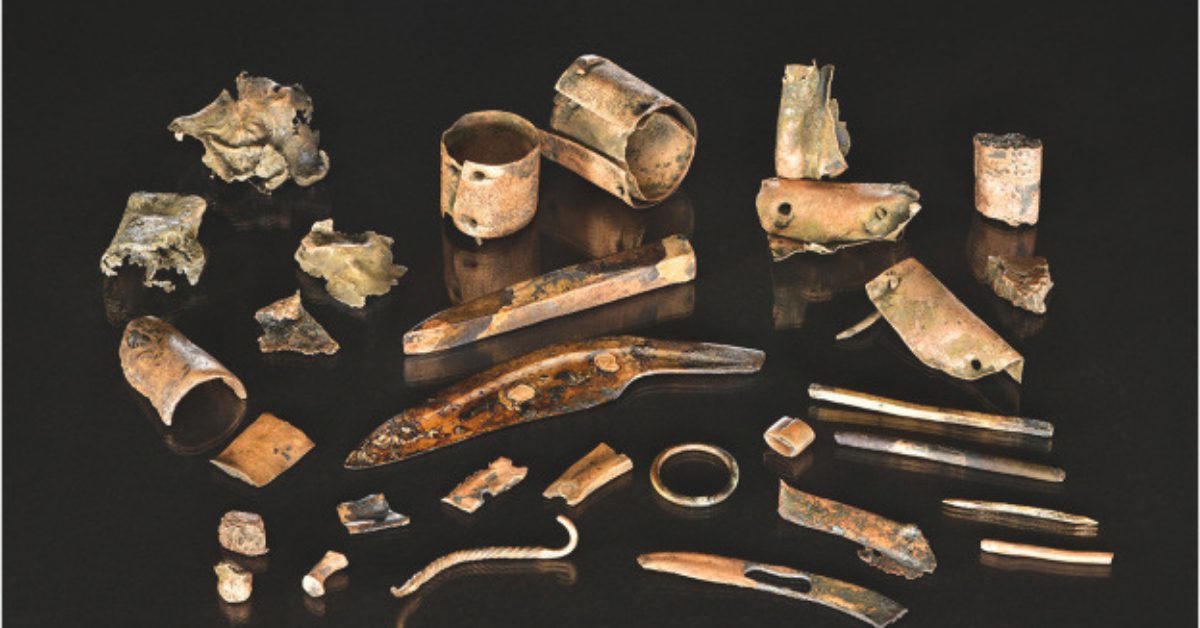Providing coins in exchange for goods and services is a practice that has been adopted all over the modern world. However, before the idea of using small, round discs of metal as currency was widely accepted, there were some interesting alternatives.
Scrap metal money may have been used as early as 3000 BC
Researchers from the Universities of Göttingen and Rome have examined pieces of scrap metal from Bronze Age (1350-800BC) and concluded that scrap metal was once used as a form of currency. More importantly, to ensure that this system worked, it meant that people in the Bronze Age used a complicated weight system.
The two researchers were Dr. Nicola Ialongo of the Institute for Prehistory and Early History at the University of Göttingen, and Giancarlo Lago from the University of Rome. They and examined scrap hoards from all across Europe and theorized that a “global market” was established from modern-day Ukraine to Iberia and the British Isles.
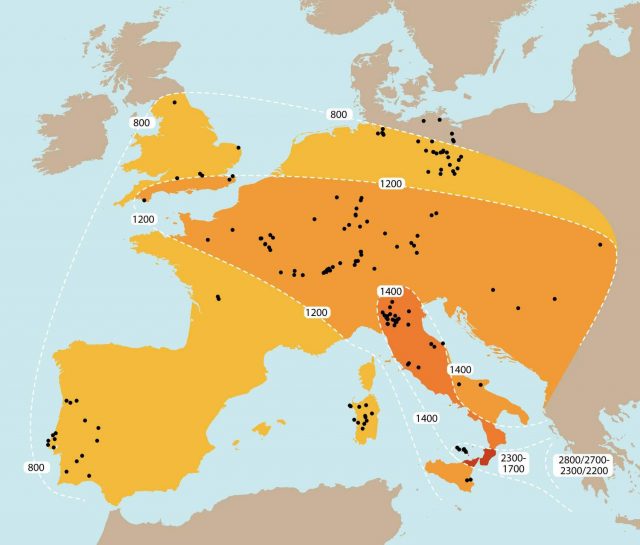
Unlike coins, these pieces of metal had no uniform shape or design. They had once been swords, axes, and pieces of jewelry. However, it became clear to the researchers that the metal had been deliberately cut into particular sizes, most likely so they could be more easily traded.
The two researchers compared the weight of the lumps of metal against balance weights of the time. Their hypothesis was that “if [these pieces] were used as money, complete objects and fragments are expected to comply with standard weight systems.” The results did indeed show that the weight of the metal pieces complied with multiples of approximately 10 grams.
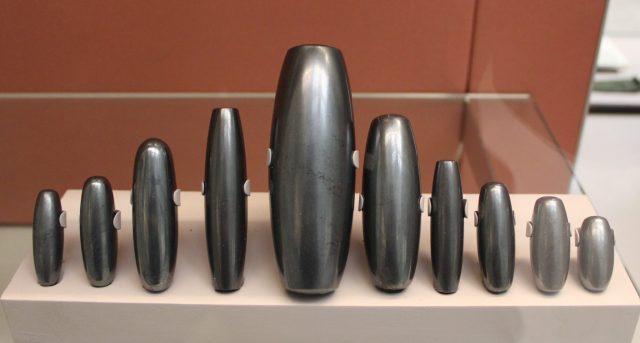
Dr. Ialongo emphasizes that an important element of this discovery is that a weighing technology had been invented around 3000 BC. “This provided,” she is quoted as saying, “for the first time in human history, the objective means to quantify the economic value of things and services…to assign them a price.”
These archeologists’ discovery means that people were using a system of currency long before one was assumed to have existed. It also indicates that currency was being used across Europe without the need for a central bank or public institutions to oversee its regulation.
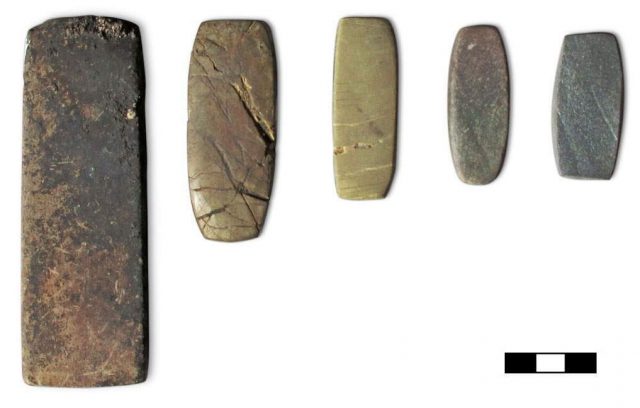
From barter to Bitcoin, money is always changing
The history of money is quite complex and spans many centuries. To begin with, a barter method was used, where goods or services were swapped directly. For example, a sack of flour might be given to a blacksmith in return for shoeing a horse.
However, such a system can take up a lot of time, and the value of goods and services is constantly fluctuating. A farmer might find that one blacksmith wants two sacks of flour while another one wants a sack of flour and a dozen eggs.
Introducing money into the equation made transactions easier and swifter. A blacksmith could advertise how much he charged on a board outside his forge, and a farmer would know at a glance whether the money in his pocket could buy him the services he needed.
Before metal coins were adopted as a preferred method of currency, other items were used. This was known as “commodity money” because the item had value in itself. Over the years and in different areas, commodity money has included gold, silver, salt, peppercorns, tea, cocoa beans, barley, and cowrie shells.
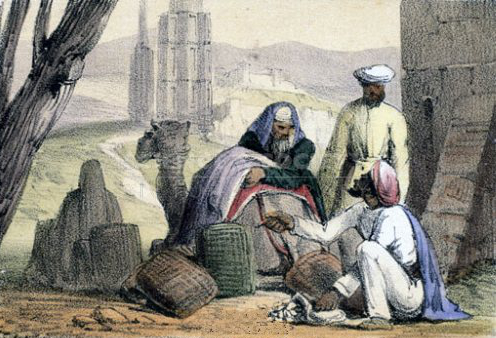
The first recognizable coins probably appeared in China around 770 BC. The first mint was created in 600 BC in the kingdom of Lydia (now western Turkey). The mint produced coins that were a mixture of silver and gold, and the coins were stamped with different pictures to create various denominations.
Some coins were minted with a hole in the center, which enabled an individual to string several coins together or place them on a square metal rod. This provided a convenient way for consumers to carry their cash around.
China once again led the way in being the first to produce paper money. As early as 118 BC, one-foot-square pieces of decorated white deerskin were being used alongside coins. In the seventh century AD, traders in China would issue merchant receipts and credit notes which developed into the first paper notes.
More from us: Rare Coin Trove In Spain Was One Of World’s Largest
Eventually, the popularity of paper money spread as it was so much easier to transport than coins. Today, society is witnessing both paper money and coins being replaced by digital money for exactly the same reason. Many of us now pay for our groceries, fuel, and other supplies either with a piece of plastic or our phones.
From scrap metal to Bitcoin, it’s clear from history that money is constantly reinvented by society to fit the current way of life. Who knows what currency will look like in the future?
